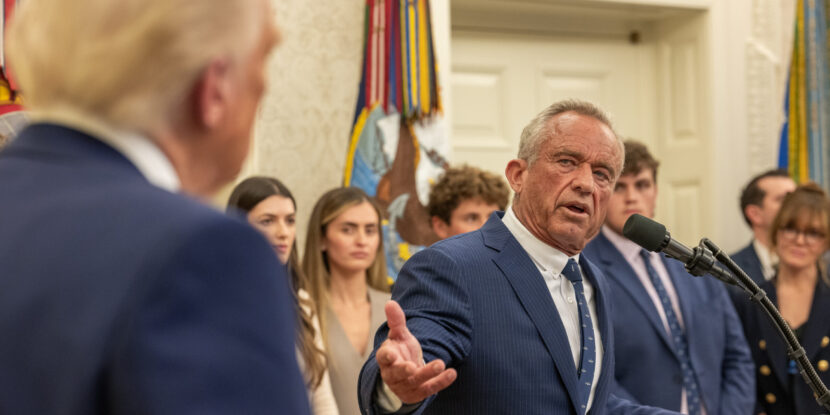
PULSE POINTS:
❓What Happened: Major companies like PepsiCo and Tyson Foods are updating their recipes to eliminate petroleum-based food dyes in order to align with President Donald J. Trump’s “Make America Healthy Again” initiative, spearheaded by Health and Human Services (HHS) Secretary Robert F. Kennedy Jr.
👥 Who’s Involved: PepsiCo CEO Ramon Laguarta, Tyson Foods CEO Donnie King, President Trump, and Health and Human Services Secretary Robert F. Kennedy Jr.
Your free, daily feed from The National Pulse.
📍 Where & When: United States, changes announced in May 2025.
💬 Key Quote: “I look forward to seeing more companies follow suit and put the health of Americans first. Together, we will Make America Healthy Again,” wrote Sec. Kennedy in a post on X (formerly Twitter).
⚠️ Impact: Companies are moving toward natural ingredients, aligning with a Food and Drug Administration (FDA) initiative to end the use of petroleum-based food dyes by 2026.
IN FULL:
Major companies like PepsiCo and Tyson Foods are accelerating changes to their American recipes in a significant shift toward healthier food options. These efforts align with the “Make America Healthy Again” initiative, spearheaded by Health and Human Services (HHS) Secretary Robert F. Kennedy Jr. Last month, Kennedy announced that the Food and Drug Administration (FDA) is collaborating with companies to phase out petroleum-based food dyes by the end of 2026, along with banning several other color additives.
“Just 13 days after [HHS] and the [FDA] announced plans to phase out petroleum-based synthetic dyes from the nation’s food supply, Tyson Foods today reported it will eliminate these dyes by the end of May,” Sec. Kennedy announced in a post on X (formerly Twitter), adding: “I look forward to seeing more companies follow suit and put the health of Americans first. Together, we will Make America Healthy Again.”
PepsiCo CEO Ramon Laguarta has committed to leading the industry in removing artificial food dyes from products. Specific brands, such as Lay’s and Tostitos, are set to be free of artificial colors by the end of 2025, a year ahead of the FDA’s timeline.
Laguarta acknowledged the growing demand for natural ingredients. He claimed, “Our products are very safe and there’s nothing to worry about,” but added that “we understand that there’s probably going to be a consumer demand for more natural ingredients, and we’re going to be accelerating that transition.”
Similarly, Tyson Foods CEO Donnie King announced the company’s response to the FDA’s plans, committing to eliminate synthetic dyes by the end of this month. Secretary Kennedy praised Tyson Foods’ prompt action on social media, expressing hope that more companies will prioritize Americans’ health.
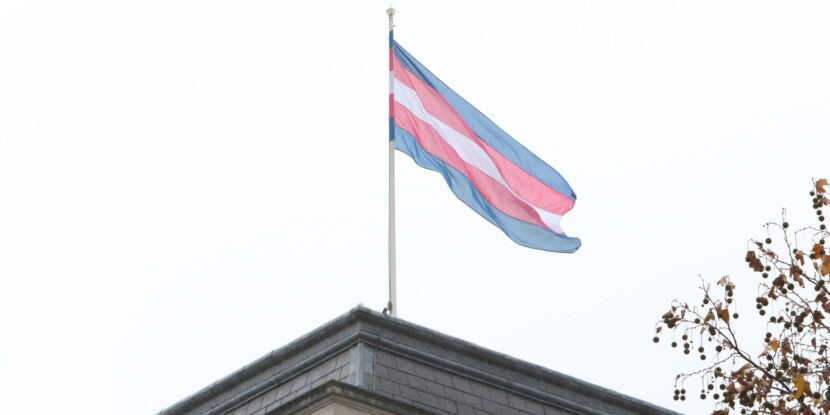
The Supreme Court handed the Trump administration a major win on Tuesday, overturning a lower court ruling that blocked his ban on transgender people serving in the U.S. military.
Back up: In January, President Trump signed an executive order that banned transgenders from serving in the military. In March, U.S. District Judge Benjamin Settle issued a nationwide preliminary injunction blocking the enforcement of this order.
Your free, daily feed from The National Pulse.
The details: In a brief order released Tuesday afternoon, the Supreme Court granted Trump’s emergency request to overturn the lower court ruling, after the administration argued it hindered the U.S. military readiness.
- The three liberal justices—Sotomayor, Kagan, and Jackson—would deny Trump’s request.
What Americans think: A recent poll found that most Americans, 54 percent, approve of Trump’s ban on transgender troops.
What happens next: Litigation over the constitutionality of Trump’s order will continue. But while that plays out, his ban can go into effect.
Why Trump’s right on the issue: It is longstanding Department of Defense policy that service members are “[f]ree of medical conditions or physical defects that may reasonably be expected to require excessive time lost from duty for necessary treatment or hospitalization.” The military isn’t an office computer job. It’s the literal line of defense between us and our enemies. There is no room for radical gender ideology.
Be sure to subscribe to the Wake Up Right newsletter!
show less
The Supreme Court handed the Trump administration a major win on Tuesday, overturning a lower court ruling that blocked his ban on transgender people serving in the U.S. military. show more
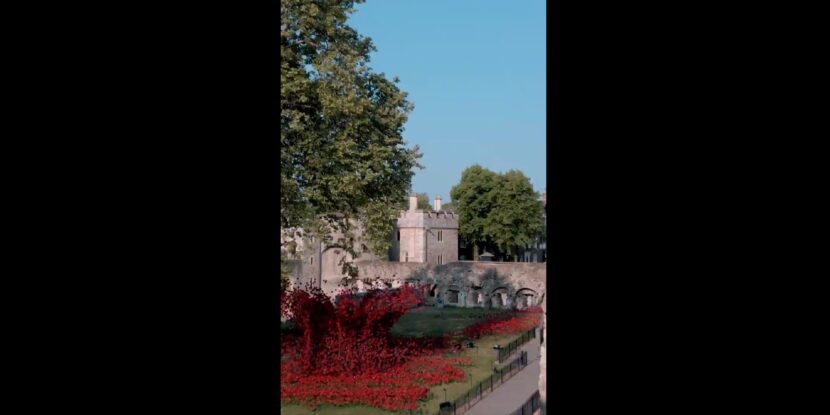
PULSE POINTS:
❓What Happened: Nearly 30,000 ceramic poppies are displayed at the Tower of London to commemorate 80 years since the end of World War II in Europe.
👥 Who’s Involved: The installation was designed by Tom Piper, with ceramic flowers created by artist Paul Cummins.
Your free, daily feed from The National Pulse.
📍 Where & When: The Tower of London, display open until Armistice Day, November 11.
💬 Key Quote: Tom Piper stated, “Everywhere these poppies have been, they have brought people together, with their own stories of sacrifice, commemoration, and hope for the future.”
⚠️ Impact: The installation aims to reflect the loss of life through war and provide a space for remembrance, continuing the tradition of poppies as symbols of remembrance in the United Kingdom.
IN FULL:
A display of nearly 30,000 ceramic poppies is currently on exhibit at the Tower of London, marking Victory in Europe (VE) Day on May 8, and 80 years since the conclusion of World War II in Europe. The installation, titled “The Tower Remembers,” features red poppies arranged to resemble a cascading “wound” at the heart of the historic Norman fortress, a site that endured bombing during the Blitz.
Designer Tom Piper conceived the artistic endeavor, and artist Paul Cummins crafted the ceramic poppies. This new display follows a 2014 installation at the same site, which featured 888,246 poppies, each symbolizing a military life lost during the First World War. That earlier installation, “Blood Swept Lands and Seas of Red,” attracted over five million visitors.
Reflecting on the 2014 installation, Piper remarked that while the scale of that project could not be replicated, he recognized that “smaller installations could still carry great emotional power.” He emphasized the poppies’ role in uniting people through shared stories of sacrifice and hope, stating, “Everywhere these poppies have been, they have brought people together, with their own stories of sacrifice, commemoration, and hope for the future.”
The poppies, on loan from the Imperial War Museums’ collection, can be viewed as part of the general admission to the Tower of London. A portion of the display is also visible from the public footpath. The installation will remain in place until Armistice Day on November 11, commemorating the armistice agreement that ended the First World War.
In the United Kingdom, poppies have long been a symbol of remembrance, worn to honor those who lost their lives in the world wars and other conflicts. Poppies grew across many shell-blasted First World War battlefields in France and Belgium after the fighting, with the flower becoming an enduring symbol of the fallen.
Russia, meanwhile, plans its own Victory Day parade on May 8. However, this year, Ukrainian President Volodymyr Zelensky has made veiled threats of a possible attack on the parade, which will be attended by several major world leaders, including China’s Xi Jinping.
WATCH:
🌺 The Tower Remembers display is now open! 🌺 The almost 30,000 ceramic poppies pour across the lawn within the Tower walls, reminding us of loss through war, and of the long-lasting impact of conflict.
📆 6 May – 11 Nov 2025
➡️ https://t.co/zH9zctgR5K#TowerPoppies @I_W_M pic.twitter.com/XV3WGlayXL
— The Tower of London (@TowerOfLondon) May 6, 2025
show less

 1 month ago
4
1 month ago
4
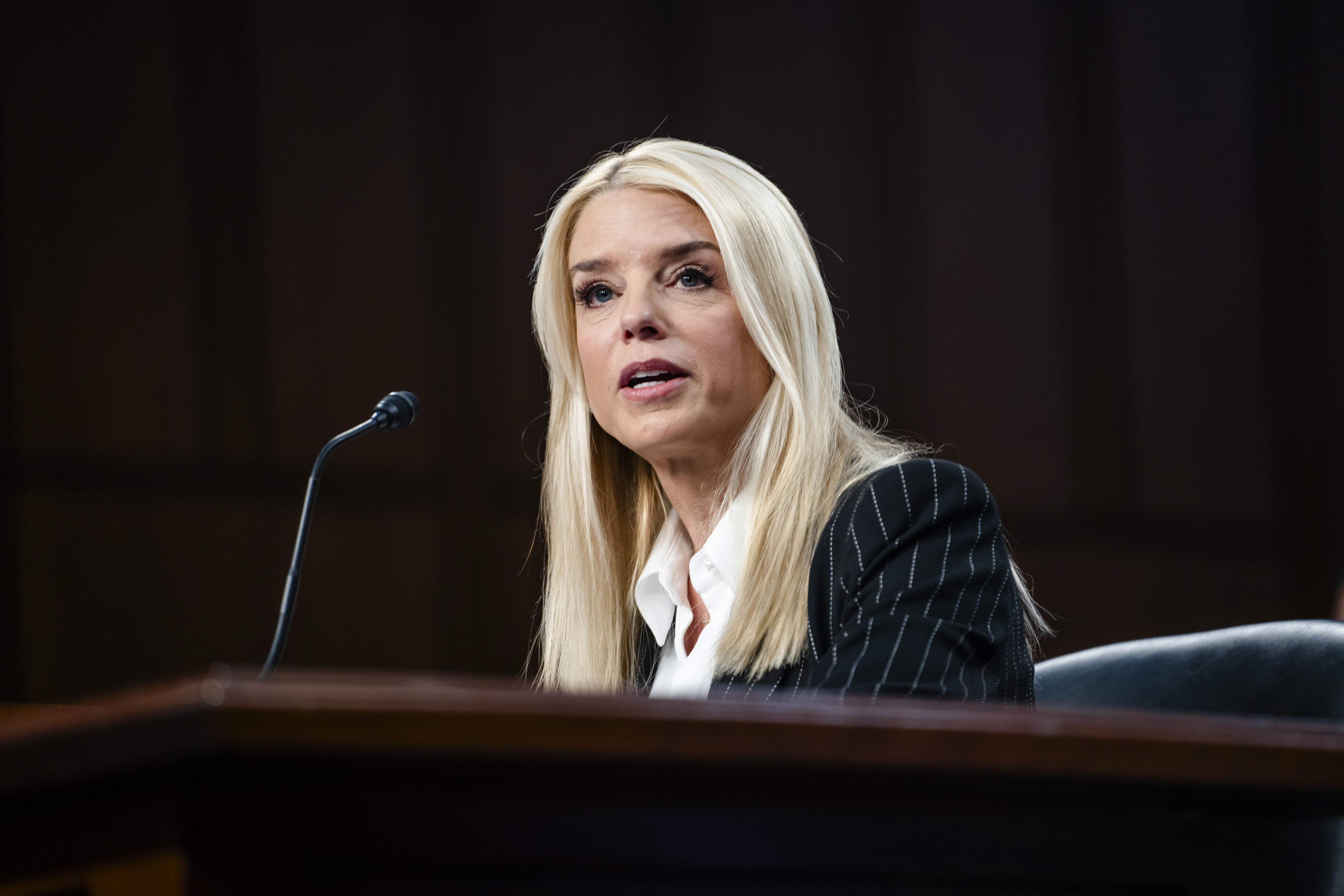
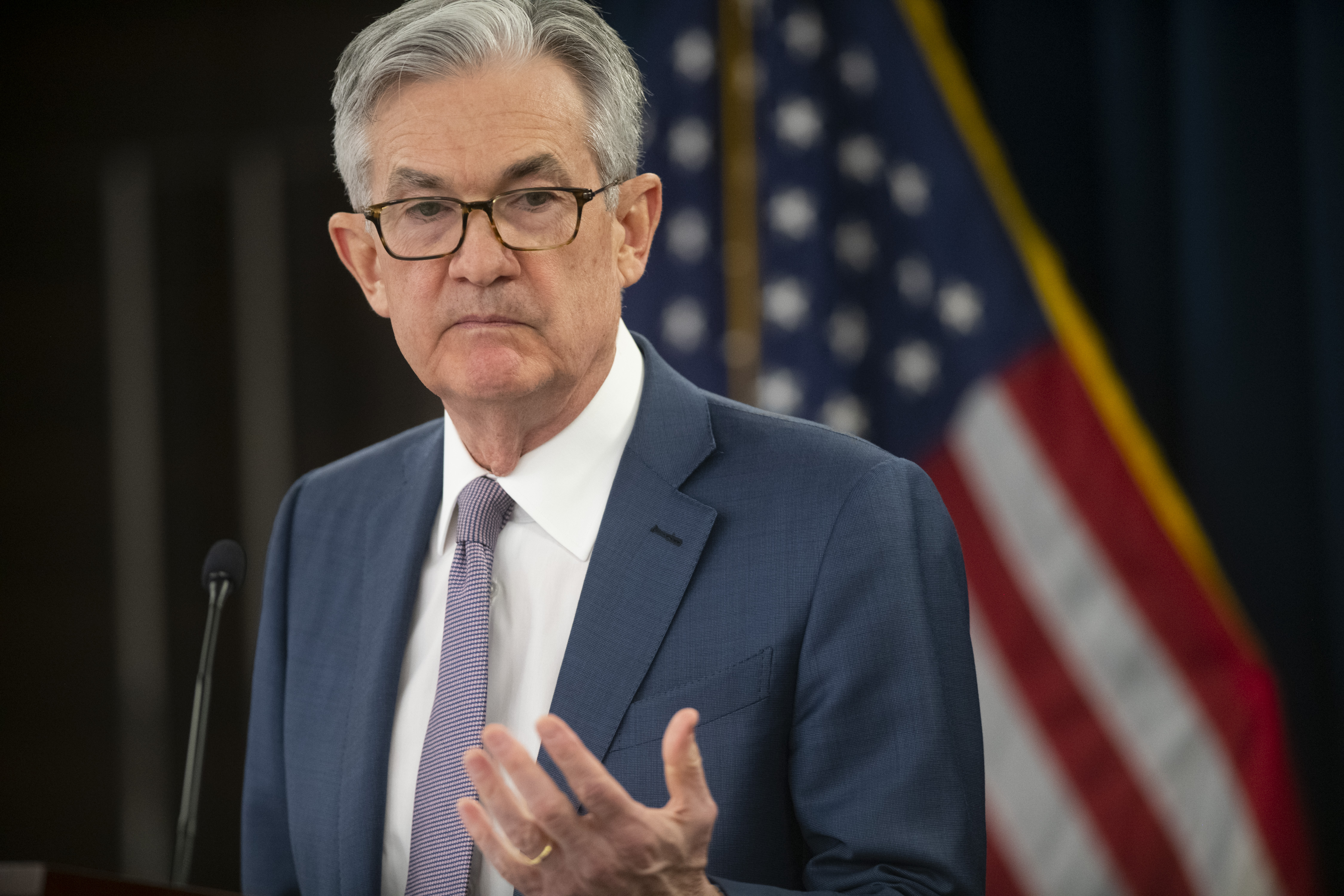
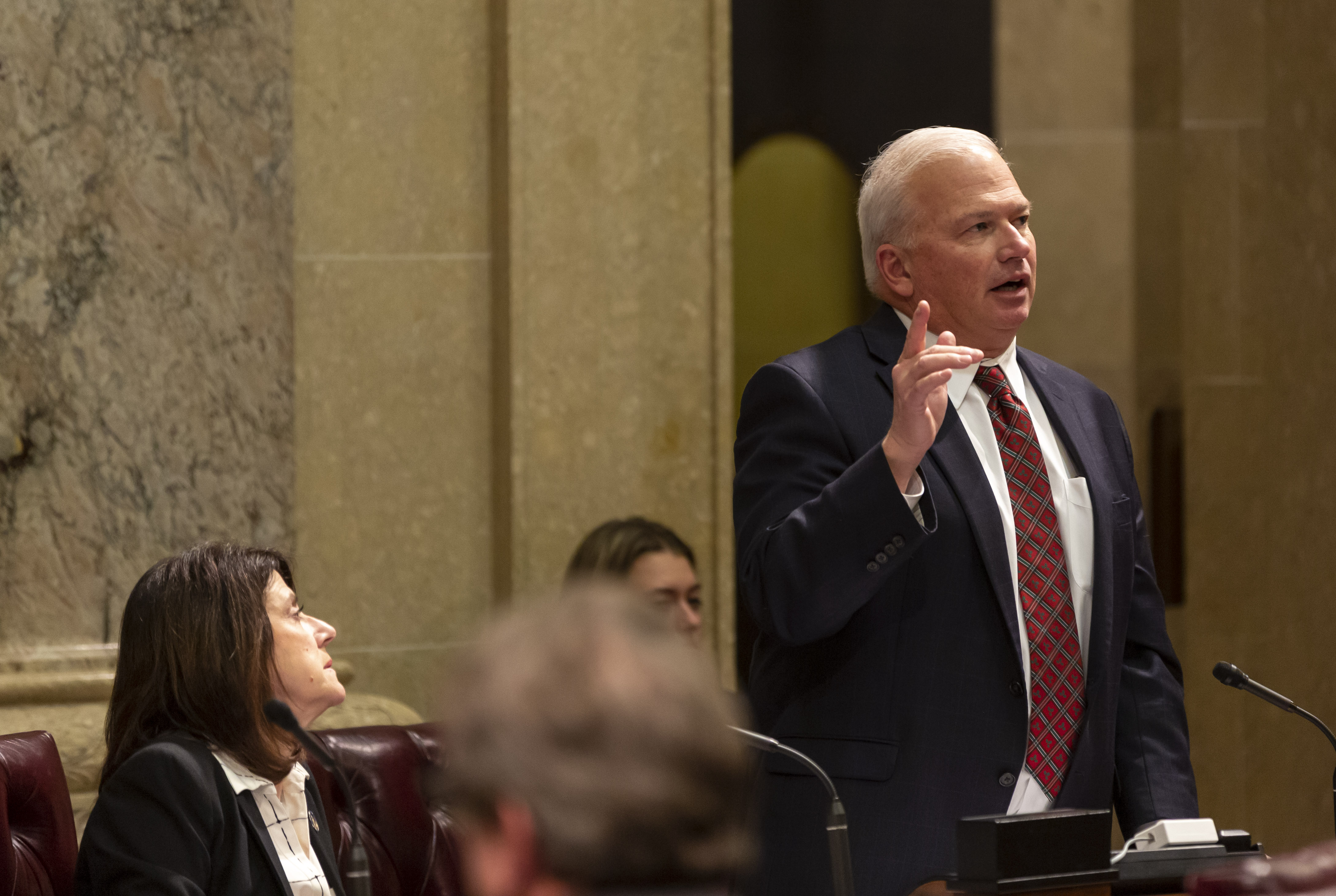





 English (US) ·
English (US) ·